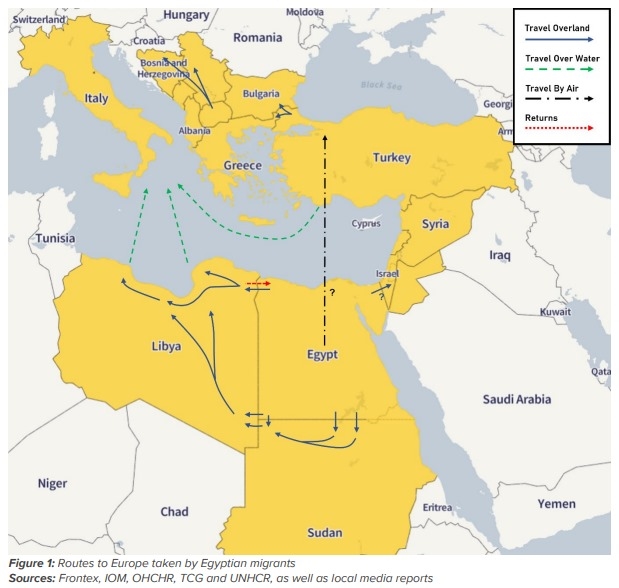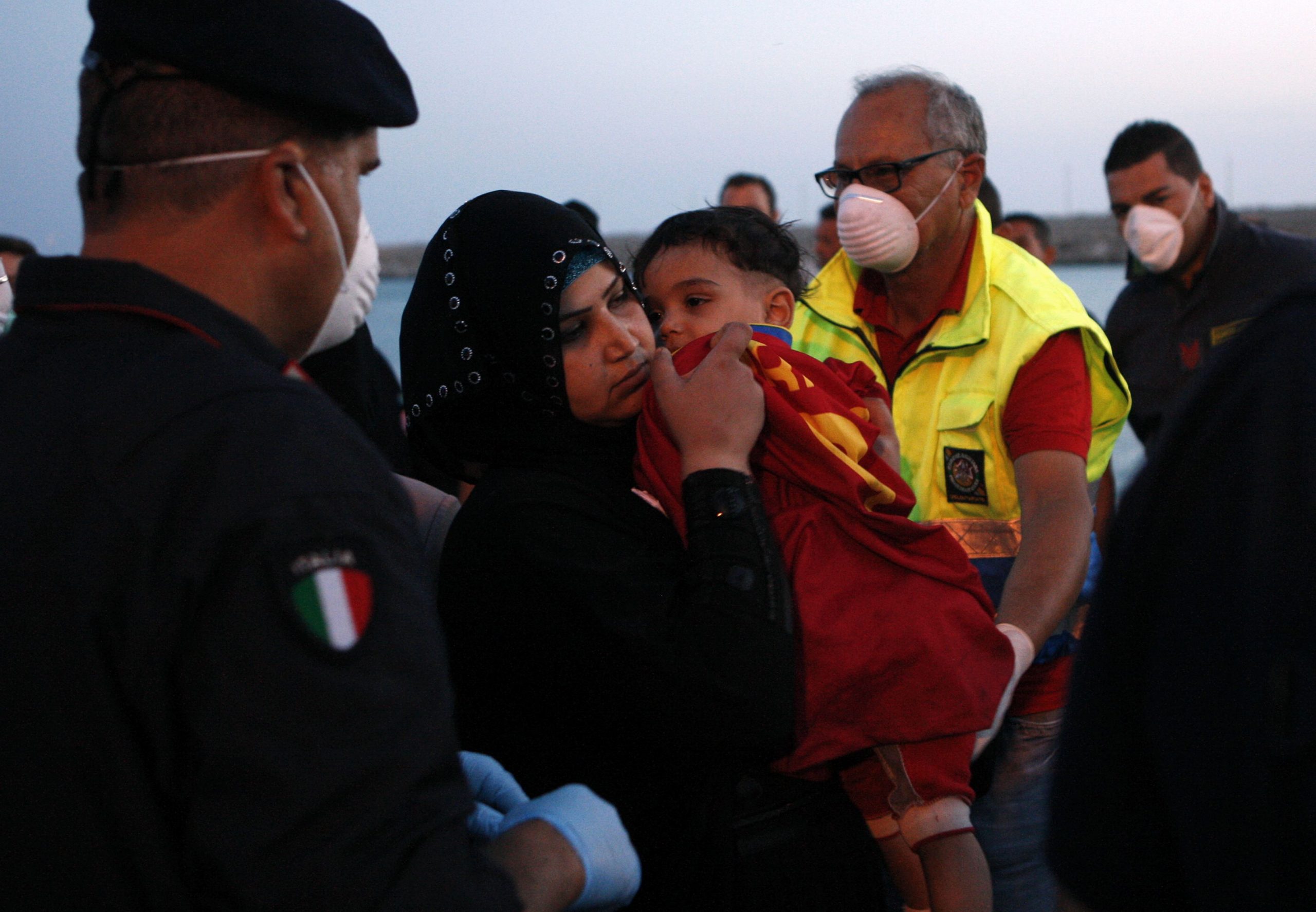On January 23 2024, during the joint press conference following the EU-Egypt Association Council, the European Union’s neighborhood commissioner Olivér Várhelyi declared that the EU had entered a “golden age” of relations with Egypt. A Comprehensive and Strategic Partnership is in the works. The partnership will be based on six pillars of “mutual interest”: political relations, economic stability, investment and trade, migration and mobility, security and demography.
The partnership is in line with the European Commission’s commitment to develop EU-Tunisia style deals, with the former serving as a blueprint for the region. Adaptable to the needs of each country, such partnerships address a range of issues rather than exclusively focused on migration.
Cooperation on migration with Egypt is already in place. The Memorandum of Understanding, embedded in the Association Agreement that has bound the EU and Egypt since 2004 and the partnership priorities signed two years ago incorporated migration as a pillar. In 2022 the EU signed an agreement with Egypt for the first phase of an €80 million border management programme focused on boosting Egypt’s coast and border guards in addressing irregular migration along its border. The project entailed the procurement of surveillance equipment for the migration of Egyptians across Egypt’s long desert border with Libya and from Libya’s Mediterranean coast to Europe, as well as supporting voluntary returns and reintegration projects.

Migration to and from Egypt
Egypt is a priority in the region as regards migration. UN estimates that 457,000 refugees and asylum-seekers are currently registered in Egypt as of 2023, with many originating from Sudan. Sudanese represent 44% of the total refugee population, with the Syrians in second place. Egypt is also on the receiving end of people fleeing conflicts and instability in East Africa, the Horn of Africa, as well as Yemen and Iraq. Egyptians constitute one of the main nationalities primarily to Italy, with the overwhelming number undertaking the crossing from Libya and Tunisia. People leave for different reasons.
For many the crumpling economy is a key factor due to high inflation and high unemployment. In addition, Egypt has been grappling with the economic impact of Houthi missile and drone attacks on shipping through the Suez Canal, a key source of revenue. For others, there are viable asylum claims because of the political situation in the country.
The 2023 analysis of asylum applications to the EU+ (including Norway and Switzerland) by the European Asylum Agency (EUAA) shows that 27,000 asylum application were submitted in 2023, mostly in Italy. Though numbers remain overall low in comparison to other nationalities, they still constitute an increase compared to the years prior.
Migration Deterrence vs. Migration Control
Most of the partnerships the EU has sought to establish with third countries are geared towards migrant deterrence, deportations and the development of national systems that are meant to process and keep applicants in third countries. Yet none of the multiple agreements in place have allowed Europeans to achieve what they seek the most, control over migration. Even when the deals appear to work, they tend to do so only in the short term.
At the same time, partnerships in their current form are reshaping the relationship with the southern neighborhood. Not only do they securitize migration but also render Europe more dependent on the third countries to control its borders, with little progress on key factors such as socio-economic improvement and strengthening of the human rights dimension.
The Pact on Migration and Asylum acknowledges the importance of linking everything together. Migration is no longer a stand-alone issue, but rather a part of a larger whole: climate, gender equality, justice, economic reforms, energy transition and climate change resilience and adaptation. Despite the positive realization that everything is connected, in practice too much emphasis is still placed on more border controls and outsourcing migration management.
The economic and political investments made by the EU are often hinged on cooperation on migration management, with the latter taking precedence and inevitably reducing progress on the former. Partnerships are very much needed, but with more emphasis on supporting investments and progress on climate, energy, democratic institutions and civil society.
A human rights impact assessment is also required, to ensure that financial contributions yield long-term beneficial results for the local population. Otherwise, they will remain short-term measures with little sustainability.
Key Takeaways
In the case of Egypt, unless macro-financial assistance offered is built on the conditionality of first improving civil, political, and economic rights of Egyptians, border controls are unlikely to suffice in the long run, in deterring migration to the EU. As policy makers become increasingly concerned with the potential for destabilization in the region, it is perhaps time to show some tangible solidarity through protection pathways.
Europe is beginning to realize the need for migration in addressing skill shortages. The labor market needs can prove a useful and strategic framing for legal pathways to protection. Through labor mobility programs, refugees access safety while utilizing their skills. It facilitates self-reliance, while also addressing labor market needs.
The time has come for migration partnerships to focus on improving the socio-economic conditions in the countries of origin and transit rather than funding border controls and policies of deterrence.
*Dr. Angeliki Dimitriadi, Senior Research Fellow; Head of the Migration Programme, European Programme ‘Ariane Condellis’



